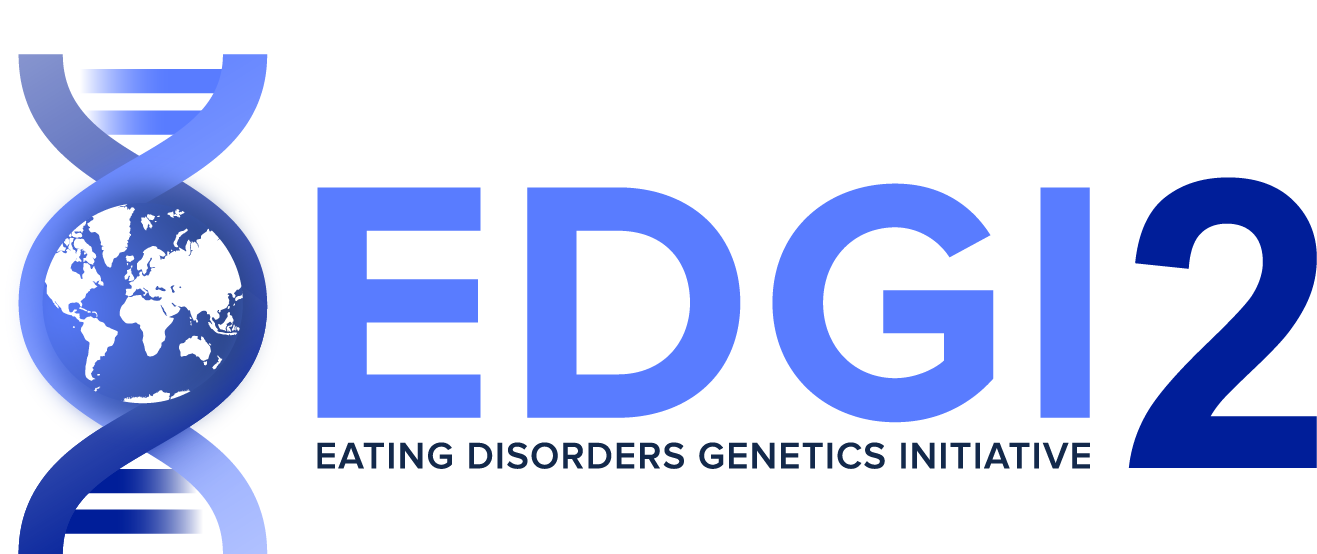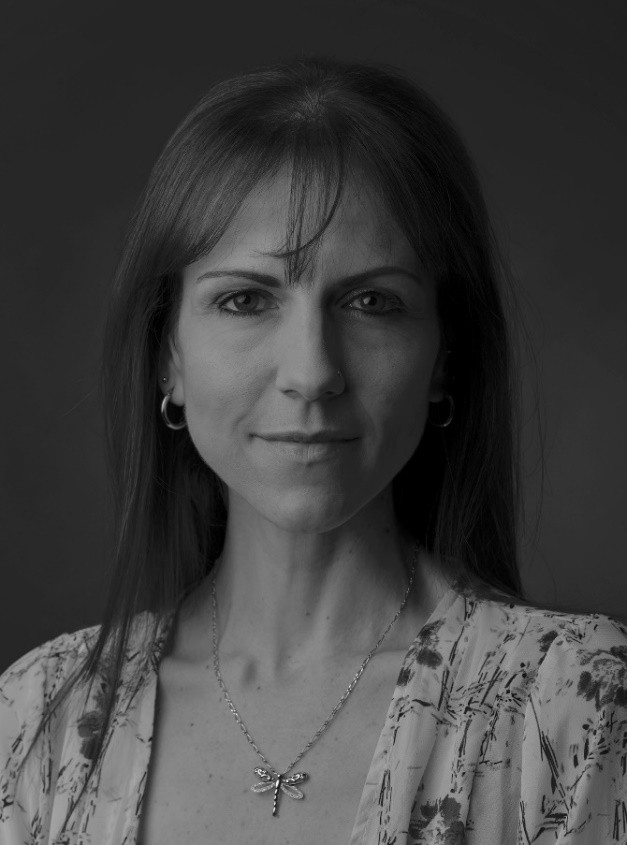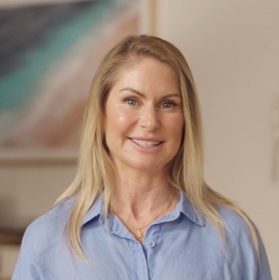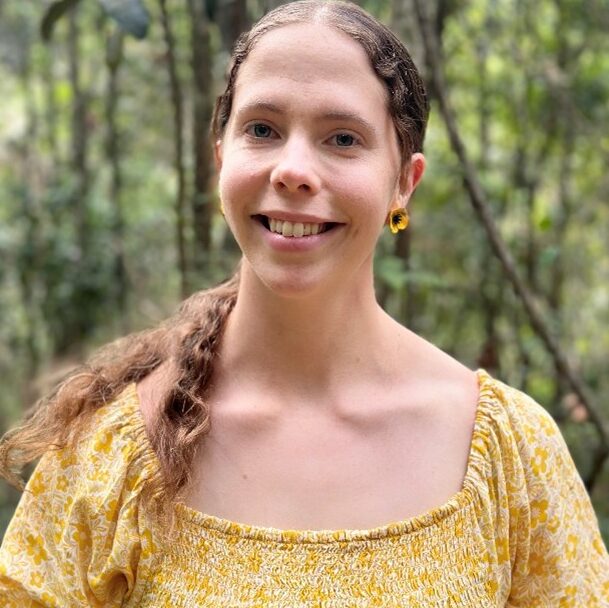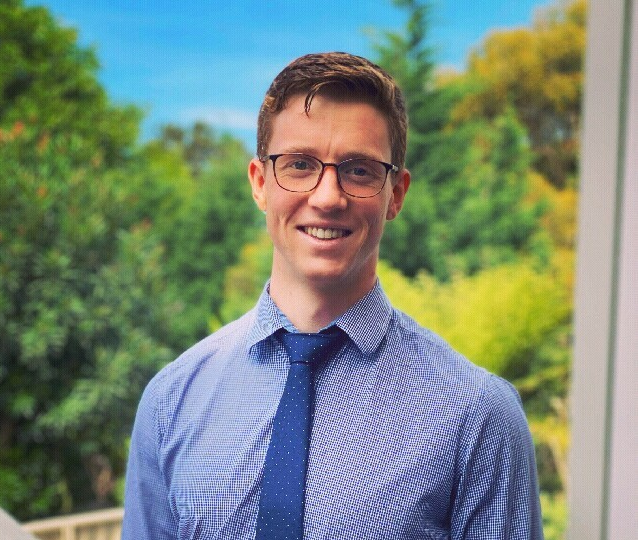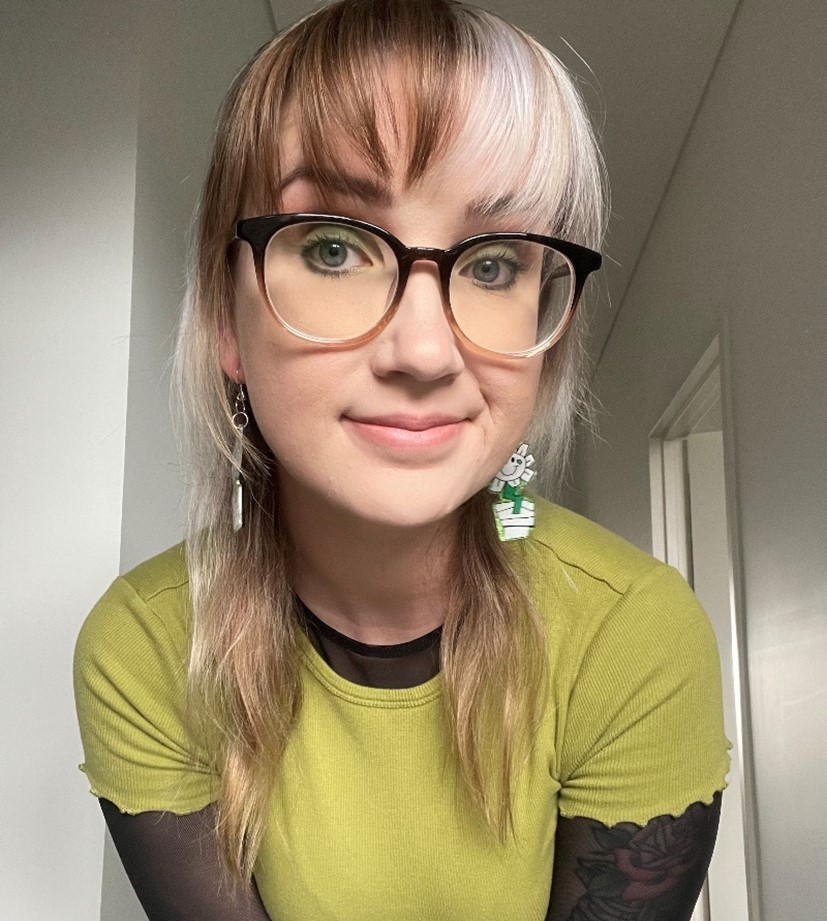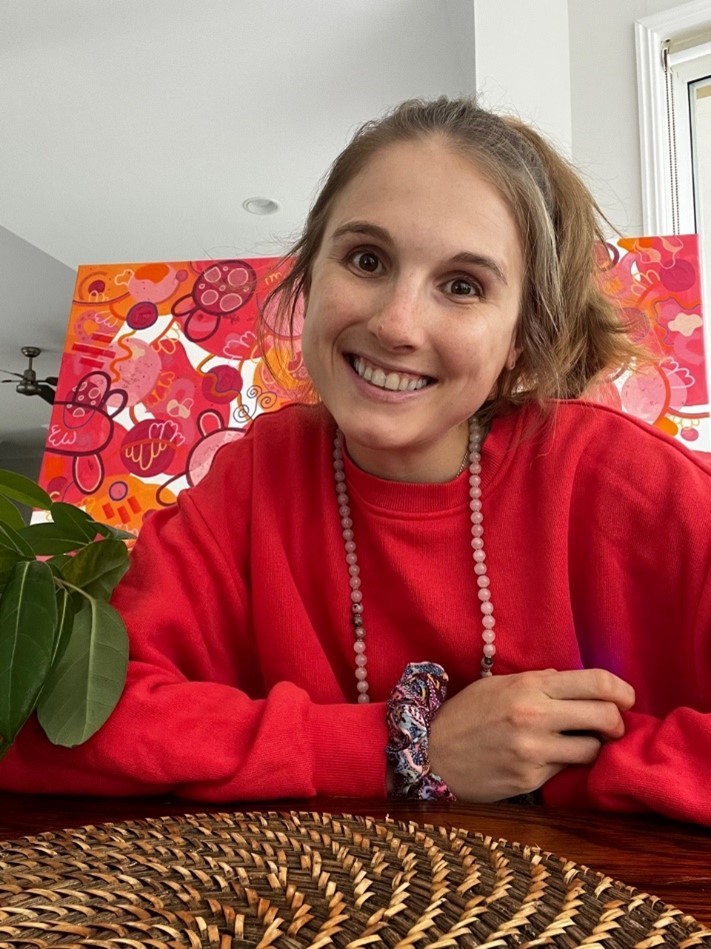Corporate breathwork and meditation facilitator, mindset and ice bath coach, and counsellor, Elise, 39, Sydney, struggled with anorexia nervosa from 12 years of age.
Elise began restricting her eating and over-exercising after a family member’s comment about her ‘pot belly’ triggered excessive running and food limitation. She continued to live with these worsening symptoms until her GP diagnosed her with anorexia nervosa at 14 years of age.
Characterised by psychiatric and physical symptoms,1,2 anorexia nervosa is a serious and complex illness marked by extreme food restriction and significant, and often dangerous, weight loss.3
Driven by deep-seated perfectionism and a desire to fit in and make friends at her new school, Elise believed controlling her body was the key to acceptance. This mindset soon consumed her. She avoided social events involving food and withdrew from friends and family. By age 20, Elise had made strong progress in recovery. But by 21 years of age, her eating disorder resurfaced after the emotional toll of moving out of home, and her first heartbreak.
Anorexia nervosa permeated every aspect of Elise’s life. It wasn’t until a second relapse in her early thirties that she began to accept her illness.
Elise cites a family history of mental illness, suggesting a genetic predisposition to anorexia nervosa.
Now aged 39, and four years into recovery, Elise is deeply grateful to “have found healing”. She believes in the power of storytelling to reduce stigma, offer hope, and support others on their respective journey with an eating disorder.
Elise has chosen to participate in the Eating Disorders Genetics Initiative 2 (EDGI2) study – the world’s largest genetic investigation of eating disorders ever performed, that aims to identify the hundreds of genes that influence a person’s risk of developing the complex, devastating illnesses of anorexia nervosa, bulimia nervosa, binge-eating disorder and Avoidant Restrictive Food Intake Disorder (ARFID), to improve treatment, and ultimately, save lives.
EDGI2 follows the ground-breaking advances made in the initial EDGI investigation and collaborative Anorexia Nervosa Genetics Initiative (ANGI), in which researchers, including the EDGI team, identified the first eight genes for anorexia nervosa that implicate both psychiatric and metabolic causes for the condition.
This was a total surprise and a finding that urgently needs replication and expansion to fully understand the pathways that lead to this debilitating condition – hence the need for a much larger sample size, which is the aim of EDGI2.
This is Elise’s story
Elise began restricting food and over-exercising after a family member commented on her body.
“At 12 years of age, a family member I looked up to said I had a ‘pot belly’. It may have seemed harmless to them, but it was quietly devastating for me. It was a seed of self-consciousness I carried around for years.
“As a result of that comment, I began to restrict my food and run around the block,” said Elise.
After two years of symptoms, Elise’s parents took her to a GP, who subsequently diagnosed her with anorexia nervosa.
“It was my mum and dad who stepped in.
I have them to thank for starting me on the road to recovery,” Elise said.
Elise struggled to accept her anorexia diagnosis – a reality she couldn’t grasp until much later in life.
“I kept telling my parents I just had an upset stomach and needed tests, even though my stomach wasn’t the issue. I was in complete denial about my anorexia nervosa diagnosis.
“I don’t think I ever accepted the fact I was diagnosed with anorexia nervosa until my second relapse as an adult,” said Elise.
Elise was also diagnosed with anxiety prior to her eating disorder.
“I was diagnosed with an anxiety disorder in my early teens. Struggling with anxiety made my world feel very stressful and chaotic, and fuelled my eating disorder.
“I was trying to ‘create control’ over the anxiety and chaos I felt, with an eating disorder,” Elise said.
Elise’s perfectionist personality played a driving role in her eating disorder.
“I think a strong sense of perfectionism at school was a major factor fuelling my anorexia nervosa.
“I’ve always been a perfectionist, and I think I was striving for that perfection in order to feel like I could fit in and make friends,” said Elise.
At the peak of her illness, Elise engaged in extreme food restriction.
“Living with anorexia nervosa was incredibly isolating and all-consuming. Every thought revolved around how little I could eat and how much I needed to exercise that day.
“I went for long runs, spent hours at the gym, did sit-ups in my room – any form of exercise I could possibly do, I did,” Elise said.
By the age of 20, Elise had made significant progress in her recovery. However, she experienced a relapse in her early twenties after a heartbreak, and another in her thirties.
“I turned to the one thing I knew would bring some calm to the chaos – that was restricting my food and doing an extreme amount of exercise.
“The relapse in my early thirties was short-lived because I had gained a greater sense of self-awareness and knew I no longer wanted to live that way,” said Elise.
Elise found it extremely challenging to talk to her family or friends about her eating disorder.
“Discussing my eating disorder with family and friends felt impossible. I was overwhelmed by shame, and part of me didn’t want anyone to take it away.
“It was the only thing that made me feel safe and in control in what felt like a chaotic world. The idea of talking about it, and having someone take that away from me, was utterly terrifying,” Elise said.
“When I reflect on moments that could have been enjoyable experiences, like sharing a lovely meal with my family or birthday celebrations, these were tainted by anxiety, stress and obsessing over food.”
Now in recovery, Elise considers her lived experience a powerful tool to support others facing similar struggles.
“I’m able to use my journey to help others avoid what I went through growing up with anorexia nervosa and anxiety.
“It’s become a gift in my life – a privilege to help others build lives filled with joy, excitement, and self-love,” said Elise.
“EDGI2 is so important to me, because the idea that we could identify someone who has a genetic predisposition to an eating disorder, and prevent them from enduring what I did, makes me very hopeful.”
To volunteer for, or learn more about the Eating Disorders Genetics Initiative 2, head to edgi2.org.au or email edgi2@qimrb.edu.au.
Should you suspect you, or a loved one, may be living with an eating disorder, speak to your local healthcare practitioner without delay, or head to insideoutinstitute.org.au to complete their online screener and assessment, and to access more information and professional support.
Australian professional patient support services offering 24/7 helpline services include:
- Butterfly National Helpline: 1800 334 673
- Beyond Blue: 1300 22 4636
- LifeLine: 13 11 14
- Men’s Line Australia: 1300 78 99 78
- Kids Help Line: 1800 55 1800
ends#
To coordinate an interview with Elise, please contact:
Kirsten Bruce or Sam Jacobs, VIVA! Communications
M 0401 717 566 | 0422 654 404
T 02 9968 3741 | 0434 799 839
E kirstenbruce@vivacommunications.com.au | sam@vivacommunications.com.au
References
1. American Psychiatric Association. Diagnostic and Statistical Manual of Mental Disorders. Fifth ed 2013.
2. Eating Disorders Victoria. Classifying Eating Disorders 2024 [Available from: https://eatingdisorders.org.au/eating-disorders/what-is-an-eating-disorder/classifying-eating-disorders/].
3. Walsh BT, Hagan KE, Lockwood C. A systematic review comparing atypical anorexia nervosa and anorexia nervosa. Int J Eat Disord. 2023;56(4):798-820.
